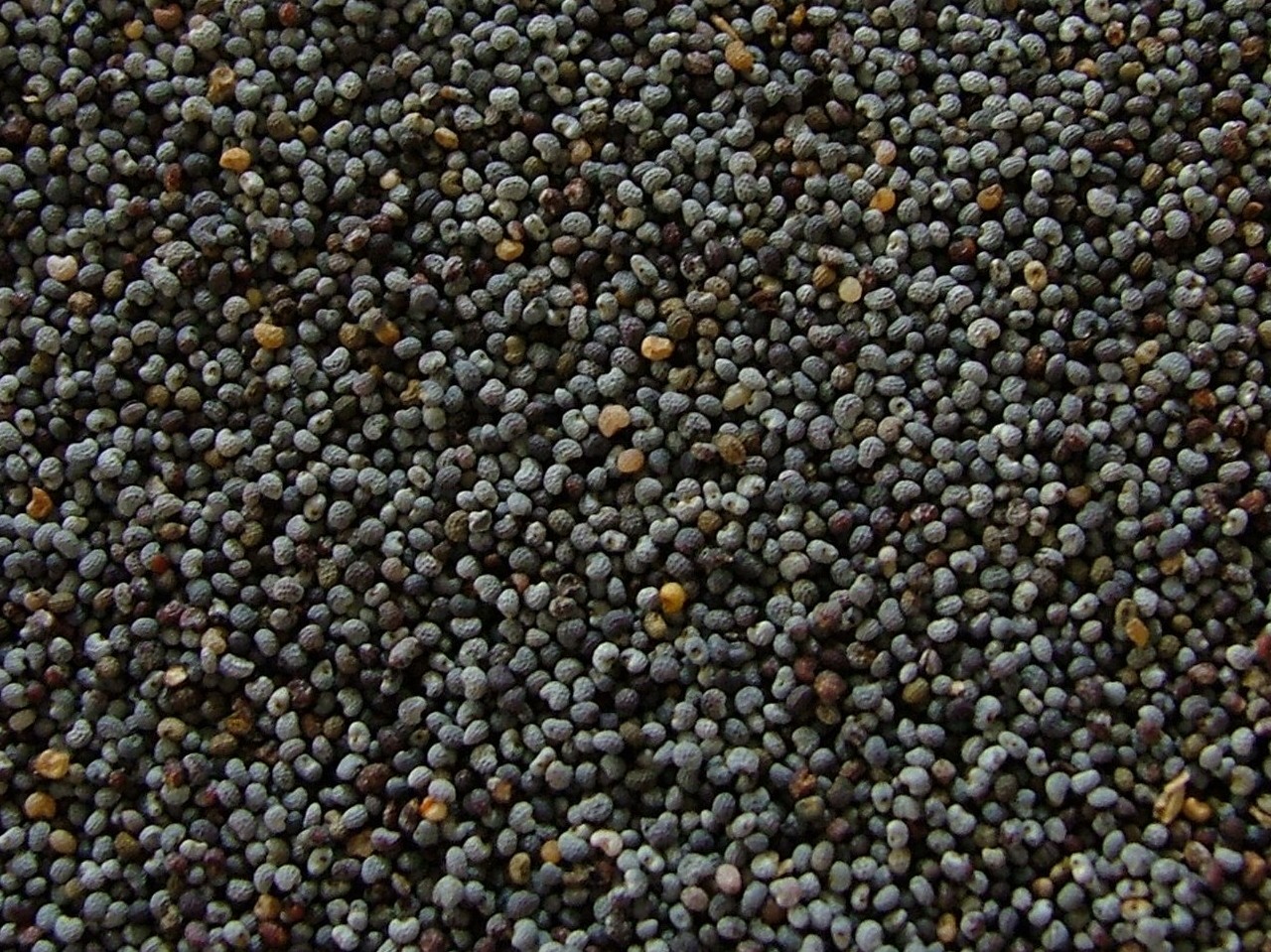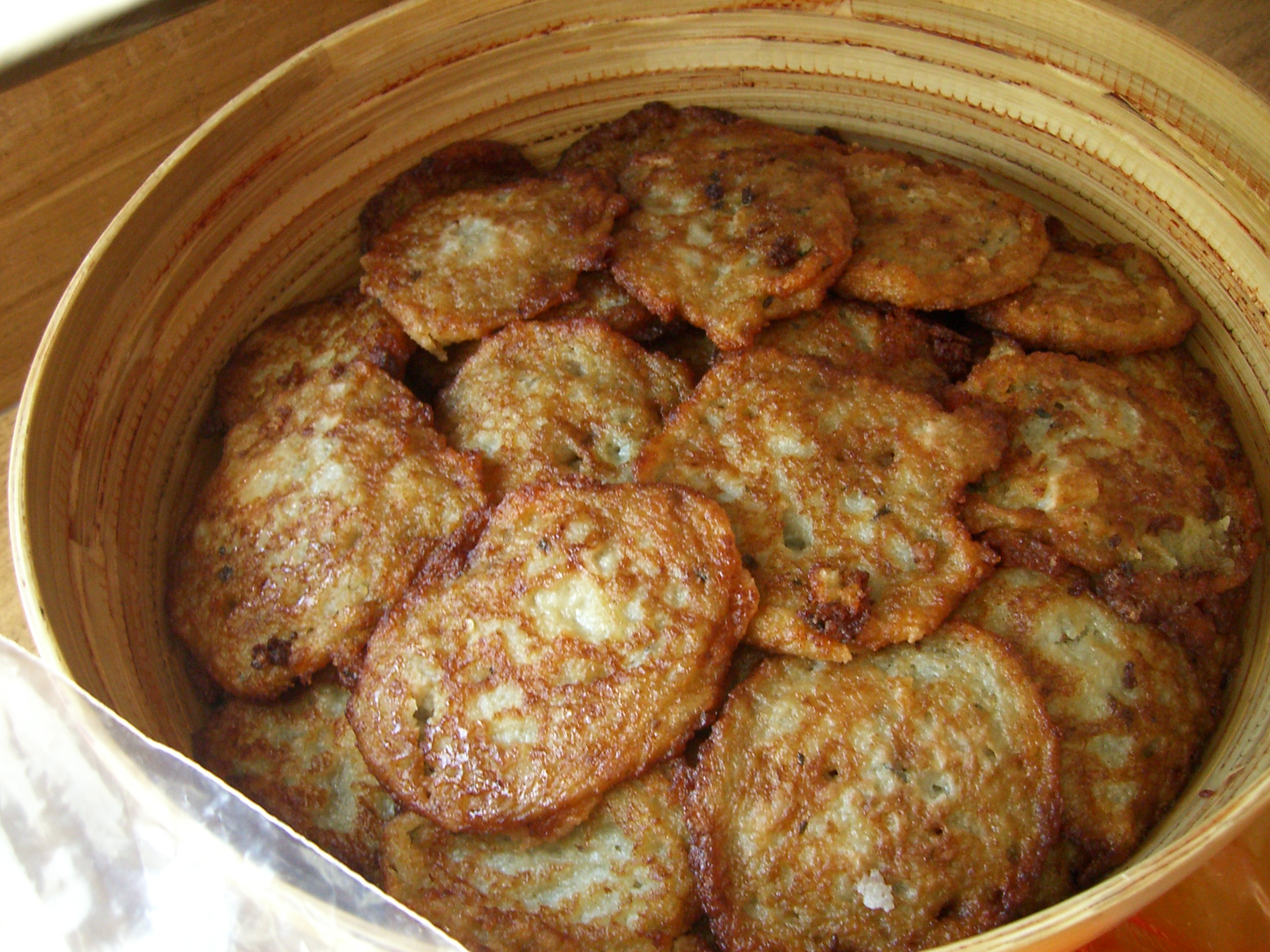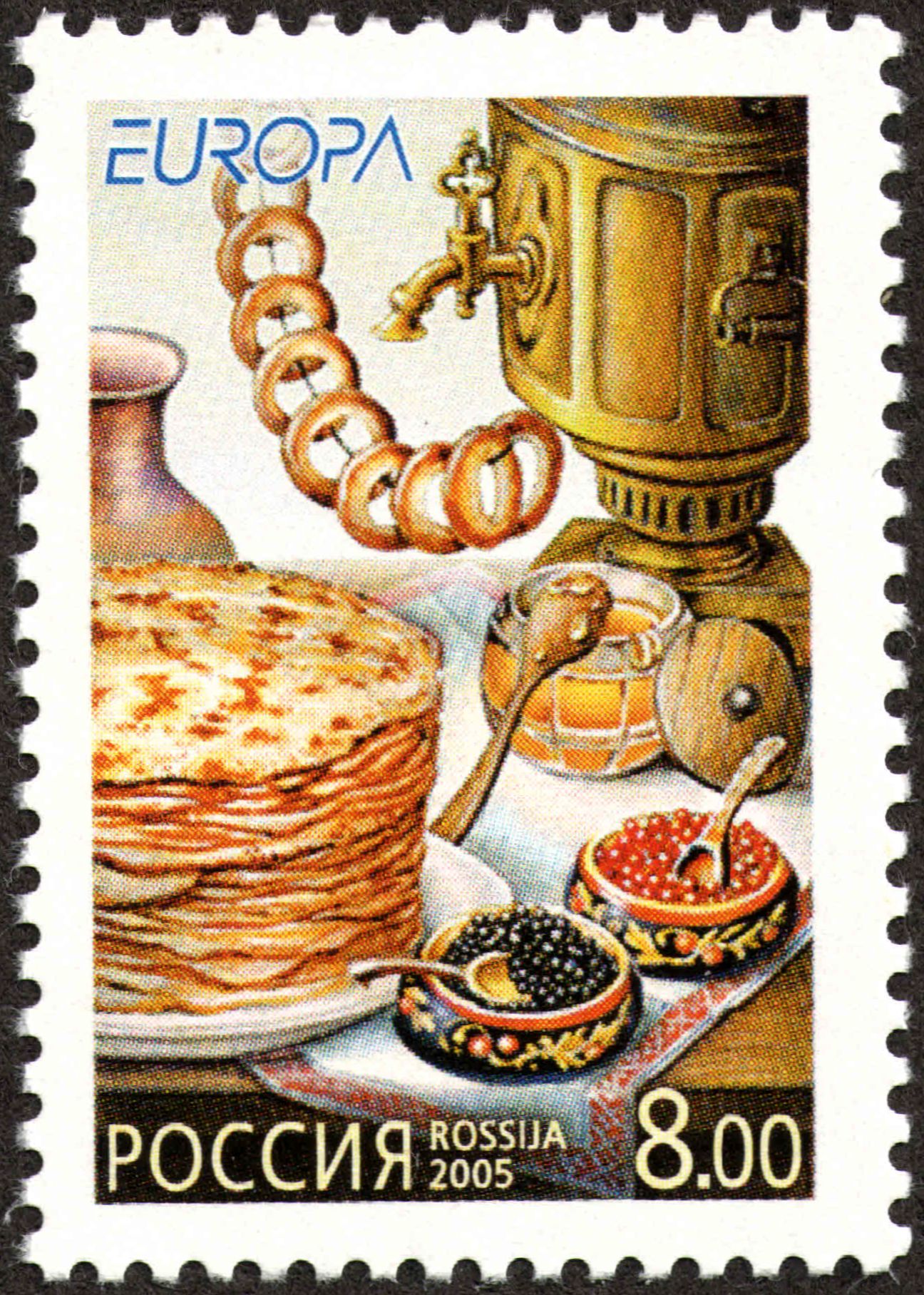|
List Of Poppy Seed Pastries And Dishes
This is a list of poppy seed pastries and dishes. Poppy seed is an oilseed obtained from the opium poppy (''Papaver somniferum''). The tiny kidney-shaped seeds have been harvested from dried seed pods by various civilizations for thousands of years. The seeds are used, whole or ground, as an ingredient in many foods, and they are pressed to yield poppyseed oil. Poppy seeds are less than a millimeter in length, and minute: it takes 3,300 poppy seeds to make up a gram, and a pound contains between 1 and 2 million seeds. The primary flavor compound is 2-Pentylfuran. Poppy seed pastries and dishes }), Serbian cuisine (''маковњача''), Bosnian cuisine (''makovnjača''), Polish cuisine (''makowiec''), Czech cuisine (''makový závin''), Slovak cuisine (''makovník''), Lithuanian cuisine (''aguonų vyniotinis''), Croatian cuisine (''makovnjača''), Romanian cuisine (''ruladă cu mac'' or ''ruladă cu nuci''), and Austrian cuisine (''Mohnkuchen'' or ''Mohnstriezel Danish ... [...More Info...] [...Related Items...] OR: [Wikipedia] [Google] [Baidu] |
Poppy Seed
Poppy seed is an oilseed obtained from the opium poppy (''Papaver somniferum''). The tiny, kidney-shaped seeds have been harvested from dried seed pods by various civilizations for thousands of years. It is still widely used in many countries, especially in Central Europe and South Asia, where it is legally grown and sold in shops. The seeds are used whole or ground into meal as an ingredient in many foods – especially in pastry and bread – and they are pressed to yield poppyseed oil. History The poppy seed is mentioned in ancient medical text from many civilizations. For instance, the Egyptian papyrus scroll named Ebers Papyrus, written c. 1550 BC, lists poppy seed as a sedative. The Minoan civilization (approximately 2700 to 1450 BC), a Bronze Age civilization which arose on the island of Crete, cultivated poppies for their seed, and used a milk, opium and honey mixture to calm crying babies. The Sumerians are another civilization that are known to have grown poppy seeds ... [...More Info...] [...Related Items...] OR: [Wikipedia] [Google] [Baidu] |
Białystok
Białystok is the largest city in northeastern Poland and the capital of the Podlaskie Voivodeship. It is the tenth-largest city in Poland, second in terms of population density, and thirteenth in area. Białystok is located in the Białystok Uplands of the Podlachian Plain on the banks of the Biała River, by road northeast of Warsaw. It has historically attracted migrants from elsewhere in Poland and beyond, particularly from Central and Eastern Europe. This is facilitated by the nearby border with Belarus also being the eastern border of the European Union, as well as the Schengen Area. The city and its adjacent municipalities constitute Metropolitan Białystok. The city has a warm summer continental climate, characterized by warm summers and long frosty winters. Forests are an important part of Białystok's character and occupy around (18% of the administrative area of the city) which places it as the fifth-most forested city in Poland. The first settlers arrived in t ... [...More Info...] [...Related Items...] OR: [Wikipedia] [Google] [Baidu] |
Chatti Pathiri
Chatti pathiri is a layered pastry made in the Malabar region, of Kerala, India. It is made in both sweet and savoury variations. The dish is similar to the Italian lasagna, but instead of pasta, pastry sheets / pancakes made with flour, egg, oil and water are used. The filling depends on the variation desired. The sweet ones are made with sweetened beaten eggs, nuts and raisins, seasoned with cardamom. The savoury ones are made with traditional meat filling used in making samosas or savoury puffs. The flour is kneaded into soft dough and rolled into thin pancakes. These pancakes are soaked in milk to soften them and arranged in layers. The fillings are added between these layers. Once layered, it goes in for baking at 180 degrees for approximately 20 minutes. An essential ingredient to enhance the authenticity of the dish is white poppy seeds, used extensively in Malabar cuisine while making biryani and meat stews. It is considered an essential part of any festival, pre- and p ... [...More Info...] [...Related Items...] OR: [Wikipedia] [Google] [Baidu] |
Lublin Voivodeship
The Lublin Voivodeship, also known as the Lublin Province (Polish: ''województwo lubelskie'' ), is a voivodeship (province) of Poland, located in southeastern part of the country. It was created on January 1, 1999, out of the former Lublin, Chełm, Zamość, Biała Podlaska and (partially) Tarnobrzeg and Siedlce Voivodeships, pursuant to Polish local government reforms adopted in 1998. The region is named after its largest city and regional capital, Lublin, and its territory is made of four historical lands: the western part of the voivodeship, with Lublin itself, belongs to Lesser Poland, the eastern part of Lublin Area belongs to Red Ruthenia, and the northeast belongs to Polesie and Podlasie. Lublin Voivodeship borders Subcarpathian Voivodeship to the south, Świętokrzyskie Voivodeship to the south-west, Masovian Voivodeship to the west and north, Podlaskie Voivodeship along a short boundary to the north, Belarus (Brest Region) and Ukraine (Lviv Oblast and Volyn Oblasts) to ... [...More Info...] [...Related Items...] OR: [Wikipedia] [Google] [Baidu] |
Cebularz Zamojski
Cebularz is a wheat dough pancake in Polish and Ashkenazi Jewish cuisine, with a diameter of 15-20 cm, topped with diced onion and poppy seed (15-20%), characteristic for Lublin cuisine. Cebularz is one of the most popular dishes in the Lublin area. The recipe for the pancake was passed down the generations, with written records since the nineteenth-century. The first to bake the pancake were Jews, selling their produce in Lublin Old Town. Before World War II they were already widely popular in Lublin Voivodeship. In 2007, cebularz was registered on the Polish Ministry of Agriculture and Rural Development's List of Traditional Products. In August 2014, cebularz pancakes have been placed on the European Union's Geographical Indications and Traditional Specialities list. See also *Lublin cuisine *Pletzel Pletzel, platzel or pletzl (, , cookie or cracker) is a type of Jewish flatbread similar to focaccia. Overview A type of pletzel smothered in onion and poppy seeds is know ... [...More Info...] [...Related Items...] OR: [Wikipedia] [Google] [Baidu] |
Cebularz
Cebularz is a wheat dough pancake in Polish and Ashkenazi Jewish cuisine, with a diameter of 15-20 cm, topped with diced onion and poppy seed (15-20%), characteristic for Lublin cuisine. Cebularz is one of the most popular dishes in the Lublin area. The recipe for the pancake was passed down the generations, with written records since the nineteenth-century. The first to bake the pancake were Jews, selling their produce in Lublin Old Town. Before World War II they were already widely popular in Lublin Voivodeship. In 2007, cebularz was registered on the Polish Ministry of Agriculture and Rural Development's List of Traditional Products. In August 2014, cebularz pancakes have been placed on the European Union's Geographical Indications and Traditional Specialities list. See also *Lublin cuisine *Pletzel Pletzel, platzel or pletzl (, , cookie or cracker) is a type of Jewish flatbread similar to focaccia. Overview A type of pletzel smothered in onion and poppy seeds is know ... [...More Info...] [...Related Items...] OR: [Wikipedia] [Google] [Baidu] |
Bread Roll
Bread is a staple food prepared from a dough of flour (usually wheat) and water, usually by baking. Throughout recorded history and around the world, it has been an important part of many cultures' diet. It is one of the oldest human-made foods, having been of significance since the dawn of agriculture, and plays an essential role in both religious rituals and secular culture. Bread may be leavened by naturally occurring microbes (e.g. sourdough), chemicals (e.g. baking soda), industrially produced yeast, or high-pressure aeration, which creates the gas bubbles that fluff up bread. In many countries, commercial bread often contains additives to improve flavor, texture, color, shelf life, nutrition, and ease of production. History Bread is one of the oldest prepared foods. Evidence from 30,000 years ago in Europe and Australia revealed starch residue on rocks used for pounding plants. It is possible that during this time, starch extract from the roots of plants, such as cat ... [...More Info...] [...Related Items...] OR: [Wikipedia] [Google] [Baidu] |
Lithuanian Cuisine
Lithuanian cuisine features products suited to the cool and moist northern climate of Lithuania: barley, potatoes, rye, beets, greens, berries, and mushrooms are locally grown, and dairy products are one of its specialties. Various ways of pickling were used to preserve food for winter. Soups are extremely popular, and are widely regarded as the key to good health. Since it shares its climate and agricultural practices with Northern Europe, Lithuanian cuisine has much in common with its Baltic neighbors and, in general, northern countries. Longlasting agricultural and foraging traditions along with a variety of influences during the country's history formed Lithuanian cuisine. German traditions have had an influence on Lithuanian cuisine, introducing pork and potato dishes, such as potato pudding (''kugelis'' or kugel) and intestines stuffed with mashed potato ( ''vėdarai''), as well as the baroque tree cake known as '' Šakotis''. Lithuanian noblemen usually hired French ... [...More Info...] [...Related Items...] OR: [Wikipedia] [Google] [Baidu] |
Belarusian Cuisine
Belarusian cuisine shares many similarities with cuisines of other Eastern, Central and Northeastern European countries, based predominantly on meat and various vegetables typical for the region. History Belarus cuisine has predominantly Slavic roots. Along with a Ruthenian influence, it is also linked with Lithuanian and Polish because of the long intermingling of these three peoples; first within the Grand Duchy of Lithuania (11th-15th centuries) and later within the Polish–Lithuanian Commonwealth (16th-17th centuries). Though the Belarusian nobility, like the Polish elite, borrowed much from Italian, German, and French cuisines, this influence hardly made itself felt in the diet of the peasant majority. Still, some of the borrowed dishes spread throughout the society, such as lazanki (a mixture of flour dumplings and stewed meat, related to Italian lasagna) and, above all, various dishes made of grated potatoes, typical for German cuisine. The political upheavals of ... [...More Info...] [...Related Items...] OR: [Wikipedia] [Google] [Baidu] |
Russian Cuisine
Russian cuisine is a collection of the different dishes and cooking traditions of the Russian people as well as a list of culinary products popular in Russia, with most names being known since pre-Soviet times, coming from all kinds of social circles. History The history of Russian cuisine was divided in four groups: Old Russian cuisine (ninth to sixteenth century), Old Moscow cuisine (seventeenth century), the cuisine that existed during the ruling of Peter and Catherine the Great (eighteenth century), and finally Petersburg cuisine, which took place from the end of the eighteenth century to the 1860s. In the Old Russian period, the main food groups were bread, lots of grains, and lots of foods that contained starch. Women baked pies with lots of different fillings, such as mushrooms or berries. During gatherings, a loaf of bread and salt was always present. Kasha, such as buckwheat, oats, etc.were represented as wellbeing to the household. Lots of Russians used honey and ... [...More Info...] [...Related Items...] OR: [Wikipedia] [Google] [Baidu] |
Ukrainian Cuisine
Ukrainian cuisine is the collection of the various cooking traditions of the people of Ukraine, one of the largest and most populous European countries. It is heavily influenced by the rich dark soil (''chernozem'') from which its ingredients come and often involves many components. Traditional Ukrainian dishes often experience a complex heating process – "at first they are fried or boiled, and then stewed or baked. This is the most distinctive feature of Ukrainian cuisine". The national dish of Ukraine is ''borscht'', the well-known beet soup, of which many varieties exist. However, ''varenyky'' (boiled dumplings similar to pierogi) and a type of cabbage roll known as'' holubtsi'' are also national favourites and are a common meal in traditional Ukrainian restaurants. These dishes indicate the regional similarities within Eastern European cuisine. The cuisine emphasizes the importance of wheat in particular, and grain in general, as the country is often referred to as t ... [...More Info...] [...Related Items...] OR: [Wikipedia] [Google] [Baidu] |
Ukraine
Ukraine ( uk, Україна, Ukraïna, ) is a country in Eastern Europe. It is the second-largest European country after Russia, which it borders to the east and northeast. Ukraine covers approximately . Prior to the ongoing Russian invasion, it was the eighth-most populous country in Europe, with a population of around 41 million people. It is also bordered by Belarus to the north; by Poland, Slovakia, and Hungary to the west; and by Romania and Moldova to the southwest; with a coastline along the Black Sea and the Sea of Azov to the south and southeast. Kyiv is the nation's capital and largest city. Ukraine's state language is Ukrainian; Russian is also widely spoken, especially in the east and south. During the Middle Ages, Ukraine was the site of early Slavic expansion and the area later became a key centre of East Slavic culture under the state of Kievan Rus', which emerged in the 9th century. The state eventually disintegrated into rival regional po ... [...More Info...] [...Related Items...] OR: [Wikipedia] [Google] [Baidu] |







